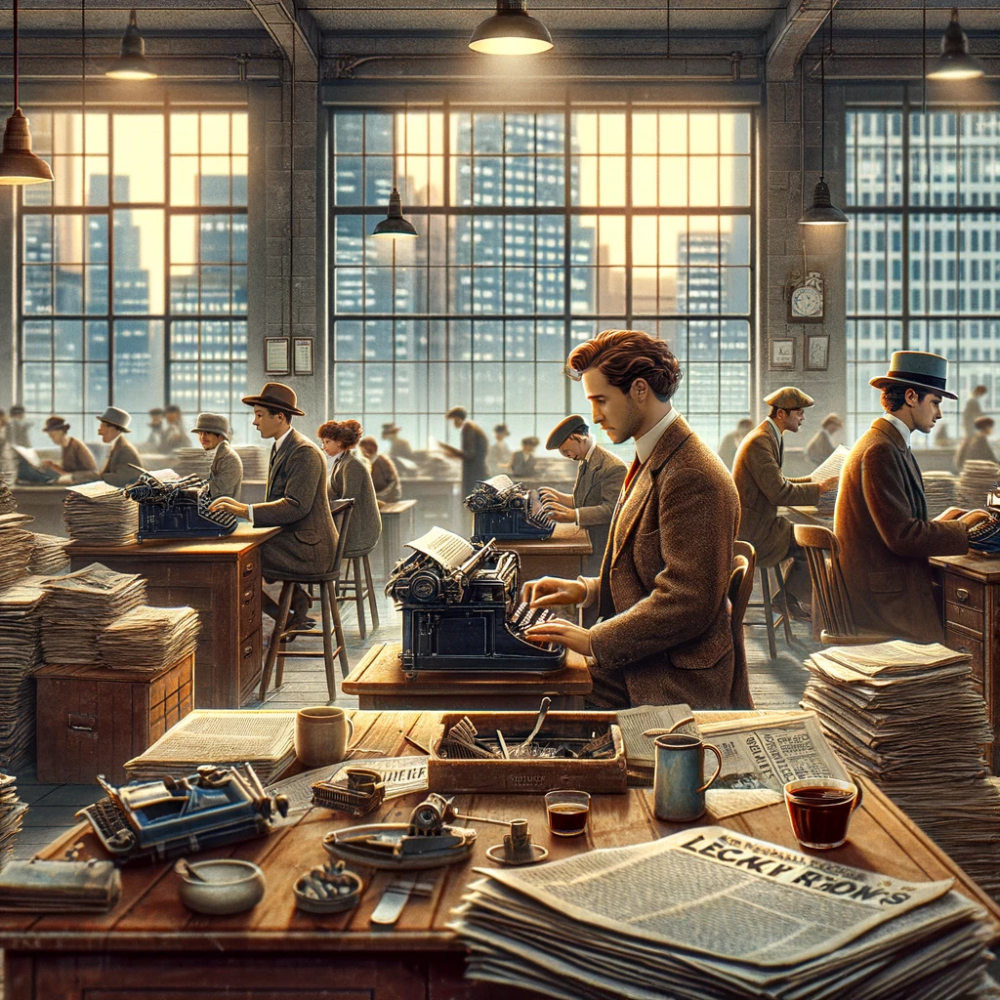Saving local journalism

Some weeks, I think more about local journalism. This has been one of those weeks, as I’ve been thinking quite hard with my comms colleagues at work about whether and how to include public health messages in statements relating to a minor local news story. It’s sometimes a trickier call than you’d think.
When I saw James O’Malley’s most recent Substack post was about saving local news, the topic was already on my mind. He suggests that local news might be sustainably delivered through ‘paywalled newsletters’, initially supported by the BBC’s Local Democracy Reporting Service (LDRS) funds, which currently pay for local newspaper journalists.
In an instant, this would mean that many more pockets of the country once again have quality reporting in a quality publication, covering the nuts and bolts of their local democracy. And with a LDRS subsidy, it would mitigate the chicken-and-egg problem that newsletters have, of needing to sign up enough people to be viable while still paying the wages of the writers.
Over time, some newsletters might even become profitable or sustainable – like the Mill. Others may need to be subsidised for slightly longer.
But ultimately, it would stimulate an ecosystem of viable local newsletters, with the reach and distribution to serve communities with real, meaningful news – with all of the civic positive-externalities that implies: Better democracy, better accountability, and better media.
As I read this, I immediately thought this was both a brilliant and terrible idea, and I haven’t entirely managed to reconcile my thoughts on it since.
The downside is, of course, the paywall. I’m not sure that content whose accessibility is limited to a few paid subscribers really does deliver better democracy or accountability. At the very least, it’s harder to counter misinformation and disinformation that is not out in the open in the first place. I’m also not confident that it’s ethically sound to use LRDS public money to fund journalism that’s only—or at least preferentially—available to those willing to pay a subscription fee.
And yet, if a product like that existed locally, I wouldn’t hesitate to sign up, so I’m not that ethically opposed to it. Heck, I even subscribe to the apps of some local newspapers so that I can view the less ridiculous content without a deluge of advertising. And surely a sustainable future for local journalism, even if it is a little less open, is better than no local journalism at all?
It’s a quandary.
The image at the top of this post was generated by DALL·E 3.
This post was filed under: Media, James O'Malley.